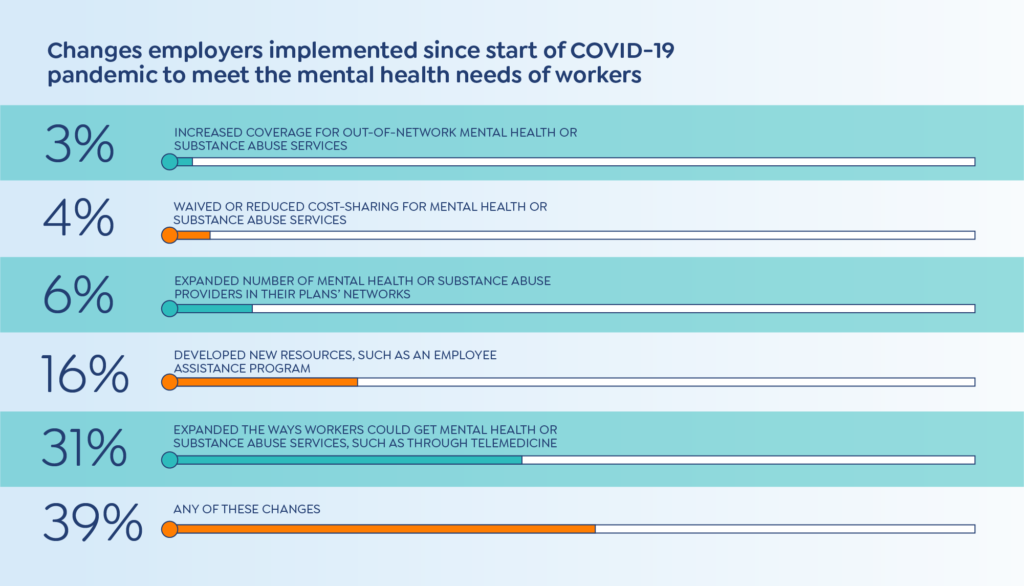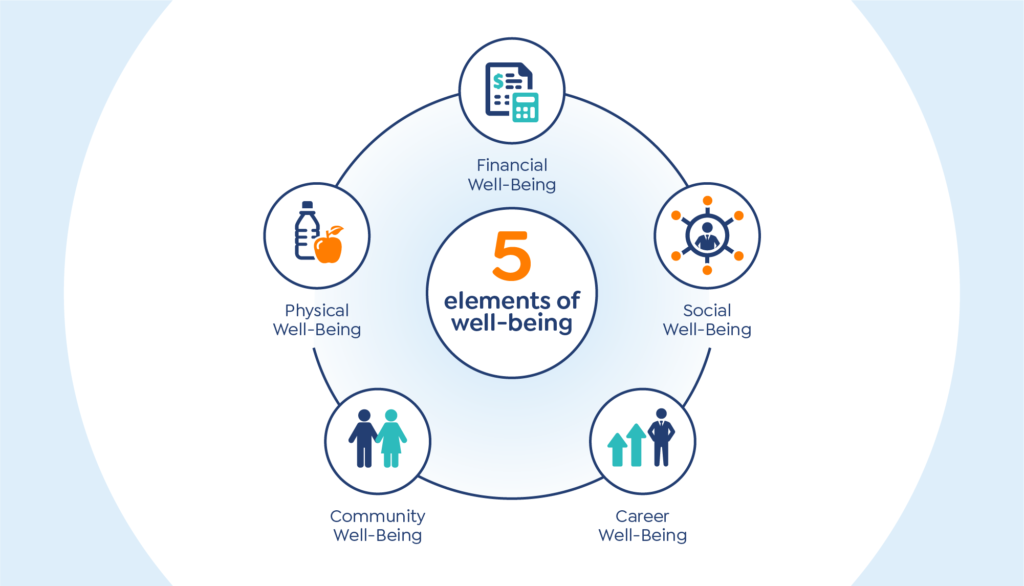If you or a loved one has been injured by a doctor or hospital, Call the Medical Malpractice Crisis Resource Line for Immediate Help >
Free Consultation. Call Now. (516) 394-4200
(516) 394-4200

Virtual health care isn’t a new thing. But due to pandemic restrictions, it has become more prevalent. It may also be the answer to a decades-long question: how do we make quality healthcare available to everyone? This is even more important as remote work becomes the norm.
Making healthcare more accessible through virtual measures breaks down socio-economic barriers
Making healthcare more accessible through virtual measures breaks down socio-economic barriers, i.e., transportation availability, access to specialists, and making way for a better quality of care. Patients will no longer have to take days off work and spend a fortune traveling to different medical centers.
When speaking on the benefits of Virtual Healthcare, Dr. Gernot Marx, Intensive Care Specialist, says, “We can provide expertise, and share expertise, from different departments and fields of medicine to a single patient.
It could be that one expert is from Germany and one expert is from London and we are both caring for a patient that is in Portugal, bringing all our expertise together and joining forces to provide the best service for a patient in diagnoses or therapy.”

According to McKinsey & Company, telehealth use has stabilized at levels 38X higher than before the pandemic. An April 2020 study found that the number of Americans comfortable with speaking to a doctor or nurse practitioner over the phone or internet had grown to 74%.
That’s almost a 10% rise in the space of a year. It’s likely to increase as processes are streamlined and services are made available.
COVID played a big role in making virtual care more widely accepted. The Centers for Medicare & Medicaid Services (CMS) removed many of the geographic and provider restrictions to care during the pandemic. In December 2020, CMS made many of those changes permanent.
This means that virtual healthcare is here to stay and could be the key to providing for employee health, both physically and mentally.
Having a healthcare package for your staff that includes virtual care is not only becoming widely accepted, but necessary. This includes mental health access, with nearly 40% of employers having expanded mental health benefits during the pandemic.

Having a healthcare package also ensures you are attracting the right kind of interest in employment and creating a workplace culture that prioritizes employee health in every realm. It benefits no one if a staff member feels pressured to “show up” when their mental or physical health is suffering. This can lead to injury, spreading discontent, less than adequate work quality, and more.
It raises the question, factoring in things like reduced productivity, do employers really save when cutting employee health benefits in the long run?
Absenteeism is a high-cost for employers, but presenteeism is even higher. A recent survey showed that while employees averaged 4.5 sick days a year, the time lost on the job (while sick or/and unproductive but at work) added up to 57.5 days a year.

Companies like Bank One, Lockheed Martin, and Comerica are looking into what is now being dubbed “presenteeism.” The term is used to describe productivity loss resulting from real health problems and over-exhaustion. It acknowledges that most employees do not take their jobs lightly, wanting to continue working if they can.
Debra Lerner, a professor at Tufts University, says, “We’re talking about people hanging in there when they get sick and trying to figure out ways to carry on despite their symptoms.” It makes sense that it would be common in a season like the one we’re in now, having felt the effects of a global pandemic and many desperate to keep their jobs.
Building a health and wellness program that focuses on the five elements of well-being and includes virtual health coverage will ensure you are setting your team up for the ultimate success and taking care of employee health.

You’ve heard of “The Great Resignation.” Now, more than ever, people are evaluating their lives, where they are spending their energy, and what kind of lifestyle they are building. As a recent Gallup survey showed, employees want well-being from their job, and they will leave to get it. In fact, of those surveyed, all generations ranked “the organization cares about employees’ wellbeing” in their top three of all requirements.

There are a few key steps any business can take, whether they’re just starting out or they’ve already begun their journey into building a healthy workplace culture. Remote companies can use virtual healthcare to make sure they are providing for their team no matter where they live.
There are many avenues to consider. Like investing in a corporate package with a mental health company like BetterHelp (link). Or renaming “sick days” as ”personal days.”—this allows an employee the flexibility to use their days as the need arises without guilt. That could mean driving an ailing family member to hospital appointments or sitting at the vet with a beloved pet.
If your team feels heard, cared for, and supported, they will contribute to a positive work culture, be happier, and take better care of your business.
Created by the Medical Malpractice Lawyers Duffy and Duffy Law
• View
larger version
Infographic Citations:
(1) AH, Garde, et al. “Implementation of Self-Rostering (the Prio-Project): Effects on Working Hours, Recovery, and Health.” Scandinavian Journal of Work, Environment & Health, https://bit.ly/3DQM1DF.
(2) WebDev, IET. “Mindfulness from Meditation Associated with Lower Stress Hormone.” UC Davis, 24 Jan. 2016, https://bit.ly/3DPiQ3F.
(3) “7 Strategies to Improve Your Employees’ Health and Well-Being.” Harvard Business Review, 8 Dec. 2021, https://bit.ly/3m0IVHd.
No. Our injury cases are handled on a contingent retainer. You pay nothing upfront, and we recover attorney’s fees only if your litigation is successful. We don’t bill by the hour. You don’t need to worry about running up a large attorney’s bill before you see any recovery for your injuries.
Yes. Our firm is dedicated to creating a strong relationship with our clients, beginning with keeping your information and consultation confidential.
Each case we encounter is carefully screened and evidence scrutinized to make sure the claim is meritorious and may be successful at trial. We will perform an investigation, and then our partners make a final decision on whether to take on a case.